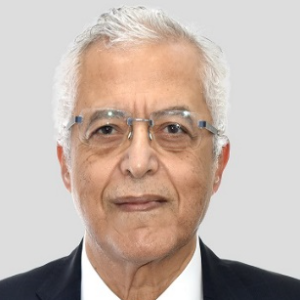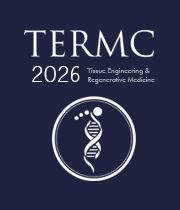Pain Sensitive Primary Sensory Neurons
Pain-Sensitive Primary Sensory Neurons, also known as nociceptors, are specialized nerve cells responsible for detecting and transmitting signals related to painful stimuli. These neurons play a crucial role in the body's defense mechanisms by alerting the central nervous system to potential threats or harm. Nociceptors are found throughout the body, including the skin, muscles, joints, and internal organs. Nociceptors are activated by various stimuli, such as mechanical pressure, temperature extremes, and chemical irritants. Their cell bodies are located in the dorsal root ganglia or trigeminal ganglia, and their peripheral nerve endings are equipped with specialized receptors that respond to noxious stimuli. Upon activation, nociceptors generate electrical signals that are transmitted to the spinal cord and then relayed to the brain, resulting in the perception of pain. The activation of pain-sensitive primary sensory neurons is a complex process involving various ion channels, receptors, and signaling molecules. Transient receptor potential (TRP) channels, for example, are instrumental in sensing temperature changes, while other receptors, like those for bradykinin or prostaglandins, respond to chemical signals associated with inflammation and tissue damage. Nociceptors can be classified into different subtypes based on their responsiveness to specific stimuli and the types of fibers they travel along. A-delta fibers transmit sharp, acute pain signals, while C fibers transmit dull, persistent pain signals. Understanding the distinct properties of these neurons is crucial for developing targeted interventions for pain management. Chronic pain conditions often involve sensitization of nociceptors, leading to heightened responses to stimuli and persistent pain signals. Research in pain neuroscience aims to unravel the molecular and cellular mechanisms underlying nociceptor function, paving the way for the development of novel analgesic drugs and therapeutic strategies to alleviate pain and improve the quality of life for individuals suffering from chronic pain disorders.

Nagy Habib
Imperial College London, United Kingdom
Lucie Bacakova
Institute of Physiology of the Czech Academy of Sciences, Czech Republic



Title : AI-integrated high-throughput tissue-chip for space-based biomanufacturing applications
Kunal Mitra, Florida Tech, United States
Title : Stem cell technologies to integrate biodesign related tissue engineering within the frame of cell based regenerative medicine: towards the preventive therapeutic and rehabilitative resources and benefits
Sergey Suchkov, N.D. Zelinskii Institute for Organic Chemistry of the Russian Academy of Sciences, Russian Federation
Title : In vitro evaluation of lyophilized Dedifferentiated Fat cells (DFAT) impregnated artificial dermis
Kazutaka Soejima, Nihon University, School of Medicine, Japan
Title :
Nagy Habib, Imperial College London, United Kingdom
Title :
Alexander Seifalian, Nanotechnology & Regenerative Medicine Commercialisation Centre, United Kingdom
Title : The regenerative medicine of the future
Marco Polettini, DVM, Italy